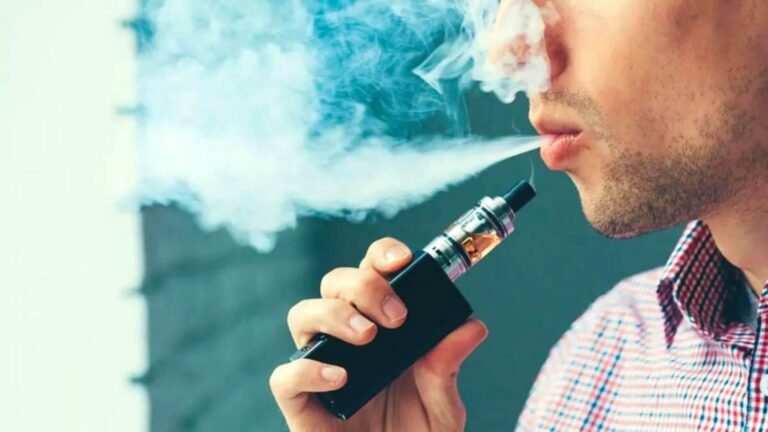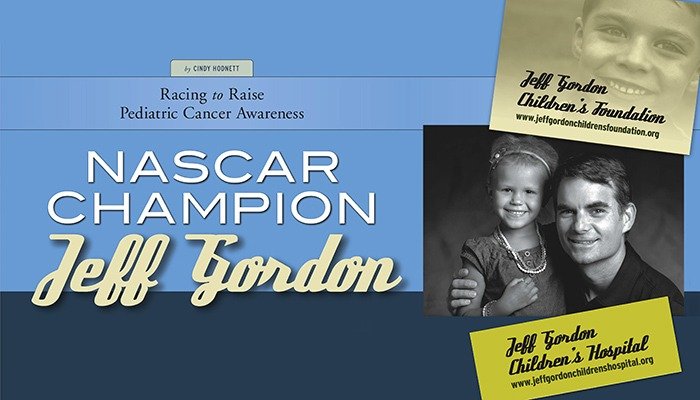Natalie Strand, MD

Most people never have the chance to experience this much adventure at once, but then again, Natalie Strand, MD—or “Nat” as she is known to millions of television viewers— is not “most people.” This vivacious, attractive and beloved physician recently made history by being partof the first all-female team to win the million-dollar prize on CBS’s The Amazing Race reality show. Strand and her Race partner, Kathy “Kat” Chang, MD, visited 10 countries and 4 continents in 22 physically demanding days to complete a variety of adventurous tasks like the ones shown within this story. Despite the big payoff, the Newport Beach anesthesiologist says that money was never her primary motivation for competing.
“Kat and I had been fans of the show for a long time, and we wanted to travel the world and represent women in a positive way,” Strand recalls, explaining her decision to participate in The Amazing Race. “We also wanted to show everyone that physical challenges don’t have to be limitations, and that successful, career-oriented women can also be kind, strong and victorious competitors.”
THE PHYSICAL TEST
Strand has diabetes, and her medical condition presented unique challenges during The Amazing Race. Show contestants are allowed to take only one backpack for the entire competition, so she and Kat had to use the majority of their valuable luggage space for a month’s worth of insulin pump supplies. Strand laughs as she recalls her experiences as a globetrotting diabetic.
“We didn’t know how we were going to get through customs with all of the needles,” she says. “We had letters in 12 different languages explaining that I needed the insulin shots to survive. Somehow, we got through.”
Strand had to constantly monitor her insulin levels and pay careful attention to her dietary restrictions. Yes, diabetes added another level of complexity to an already grueling competition, but she welcomed, and conquered, each challenge.
“During the race, I was testing my blood sugar 10 or 12 times a day,” Strand says. “It was definitely a full-time job, but it was ultimately doable. That was a huge reason I wanted to do the race—to show what was possible.”
Whether trekking in Ghana or visiting the Arctic Circle, Strand kept her patients in mind throughout her Amazing Race journey. When things got tough, Strand knew that simply staying in the race for the duration would set a good example and inspire others.
“Doing the race was one of the most challenging things I could do as a diabetic,” Strand says. “And we didn’t just compete, we won! I think we showed a lot of people that medical challenges can be overcome.”
THE MESSAGE OF EMPOWERMENT
In her role as a physician, Strand works with a large number of chronic pain patients and exhibits the same tenacity toward finding effective treatments that she relied on during The Amazing Race. Using a multidisciplinary approach that includes medication, neurostimulation therapy and complementary techniques, Strand customizes her treatment plans for every patient and says she is dedicated to increasing public awareness about the variety of available treatments.
“Approximately 10 percent of people who are eligible for neurostimulation therapy are offered the therapy, and I’m not sure what the speed bump is in offering it to more patients,” Strand says. “Neurostimulation therapy has actually been available for several decades, and I think it is a low-cost, high-benefit treatment that not enough people utilize.
“Many pain patients also don’t know that pain specialists even exist,” she continues, “so I try to educate as many people as I can about their options for treatment, including working with a physician who specializes in pain management.”
Strand’s interest in medicine and the idea of loyalty to patients began at an early age, and throughout her career she has remained cognizant of the patient’s perspective.
“I wanted to be a doctor for as long as I can remember. I was diagnosed with diabetes when I was 12, and I spent two weeks in the hospital afterward because that was the standard following a diagnosis back then. I remember how much that time and the interaction with doctors and nurses affected me, and from that point on, I knew what I wanted to be. Nothing ever took me off of that path.
“A lot of little girls may not get much encouragement to pursue careers in the sciences, so I’m thrilled by the letters I receive now from sixth- and seventh-graders thanking me for doing the show,” Strand says. “They love the fact that I am a doctor and that we won the competition.”
MIND, BODY AND SPIRIT
Strand, an anesthesiologist and interventional pain physician at the Newport Beach Headache and Pain Center in California, graduated from the Mayo Clinic College of Medicine in 2001 and studied anesthesiology at UCLA Medical Center. After completing her residency in 2005, she returned to the Mayo Clinic for fellowship training in interventional pain management, with additional instruction in epidural steroid injections, facet injections, medial branch blocks, radio frequency ablation techniques, spinal cord stimulation, intrathecal pump therapy and neurolytic blocks for cancer pain. In addition to her extensive training in traditional medicine, Strand also promotes healthy lifestyle habits and believes she has a professional responsibility to educate people about the positive steps they can take outside of medical surroundings.
“Self-care is an important aspect of one’s overall gratification in life,” Strand says. “For example, you have to enjoy your career, and you have to focus on having good relationships. Exercise and nutrition are also crucial. You have to try to be healthy in all ways; you can’t focus on just one aspect of your life. It all goes back to the mind-body-spirit connection. As a physician, if you just treat the disease, you’re only treating one part of the person.”
A DAY IN HER LIFE
During The Amazing Race, Strand averaged four hours of sleep each night. Chuckling, she recalls that the first order of business each day was to see if her socks and undergarments had dried from the previous evening’s washing.
“After that, we would open our clue box, and we had no idea where we would be going,” Strand recalls. “One of my favorite destinations was the Arctic Circle, where we saw the famous ice hotel. I can’t wait to go back and maybe stay there one night. But every day of the competition was filled with inspiration, graciousness and amazing adventure.”
Post-Race, Strand says her life has calmed down considerably. However, she finds that her everyday routine still produces plenty of memorable moments, saying that everywhere she looks, there is no shortage of inspiration.
“I worked with one patient who was very athletic prior to developing chronic pain,” says Strand.
“She said that when her pain started, it felt like acid had been poured into all her joints, and she referred to it as a journey into hell. To manage her pain, we did neurostimulation therapy, and she went from being bedridden to doing yoga and hiking. That was one of my most gratifying moments as a physician.
“Life is a lot more stable now,” Strand says of her post-Race routine. “I get up, go to work and see patients in the clinic every day. I live in a beautiful city, and when I’m not working, I really love to get outside and exercise. I go for long runs, and I do spin classes. Since I have the travel bug, I also like to take advantage of every opportunity I get to explore new places.”
AN AMAZING FUTURE
The publicity that accompanied The Amazing Race gave Strand a high-profile platform to share her knowledge about pain management. She hopes to continue her awareness and education efforts and says she looks forward to helping more patients find their way to a pain-free life.
“Pain is both a serious and costly public health issue,” says Strand. “It’s undertreated and misunderstood, and it’s fundamental that information about pain control reach the patients who need it. One treatment, neurostimulation therapy, is a unique option and can help people decrease or even go off narcotics. That’s a huge factor in someone’s quality of life.
“I’m just going to keep on doing what I’m doing,” Strand concludes. “I really want to focus on growing multimodal treatment approaches and on raising awareness of spinal cord stimulation therapy. For me, there is nothing more satisfying than improving my patients’ pain control and helping them get their lives back.”
PainPathways Magazine
PainPathways is the first, only and ultimate pain magazine. First published in spring 2008, PainPathways is the culmination of the vision of Richard L. Rauck, MD, to provide a shared resource for people living with and caring for others in pain. This quarterly resource not only provides in-depth information on current treatments, therapies and research studies but also connects people who live with pain, both personally and professionally.
View All By PainPathways






